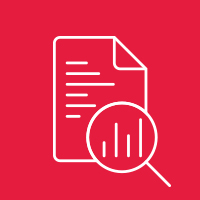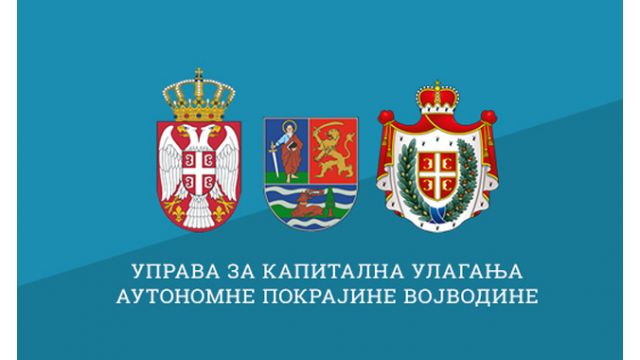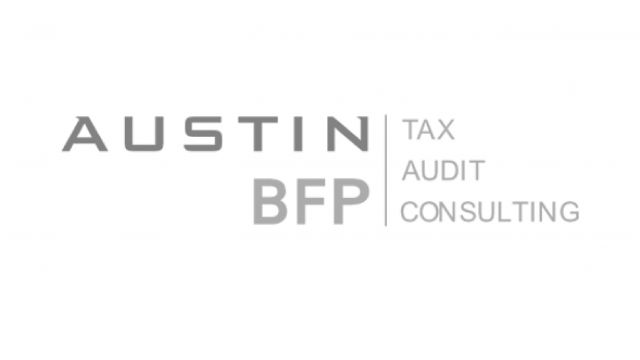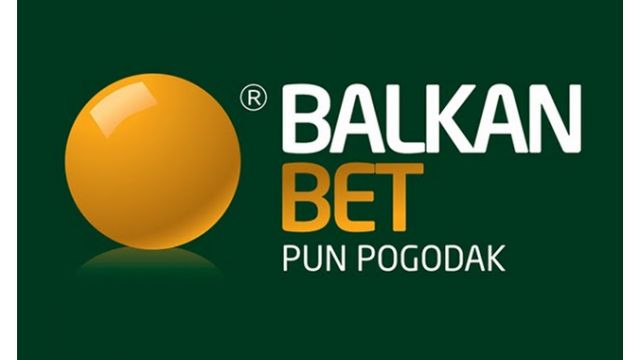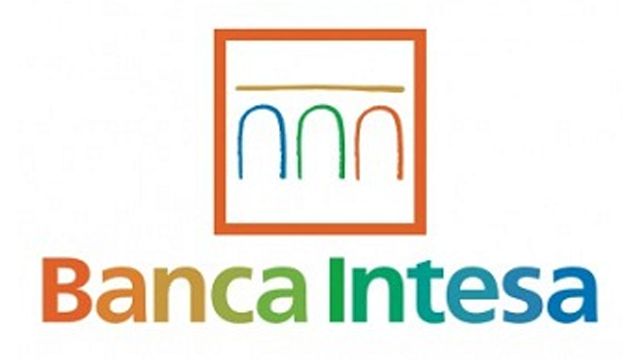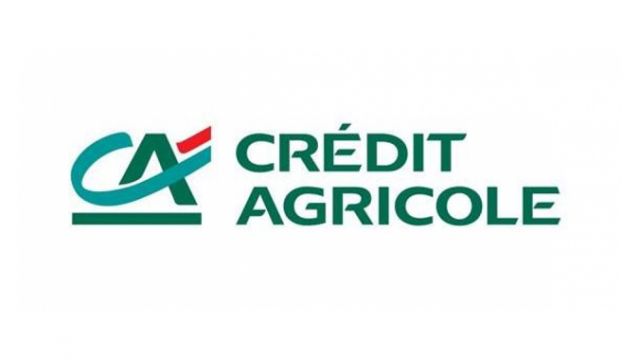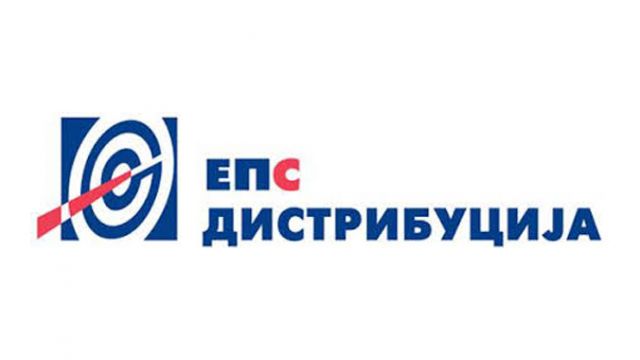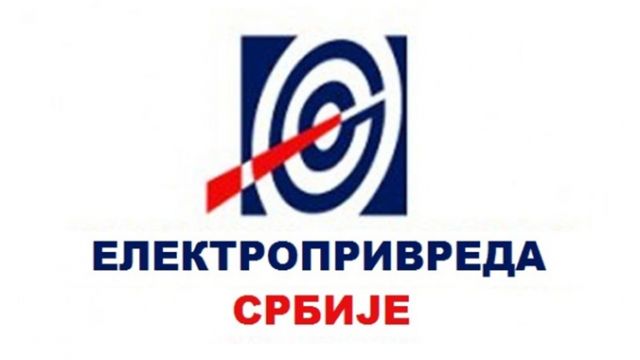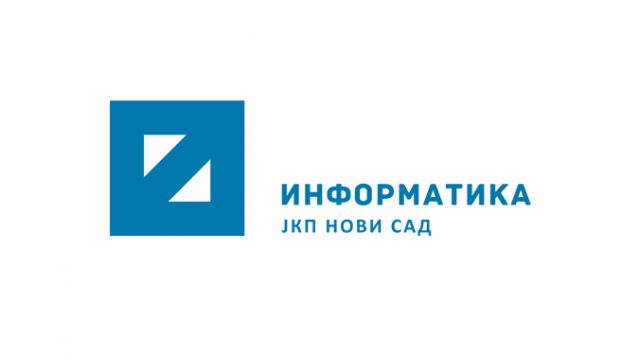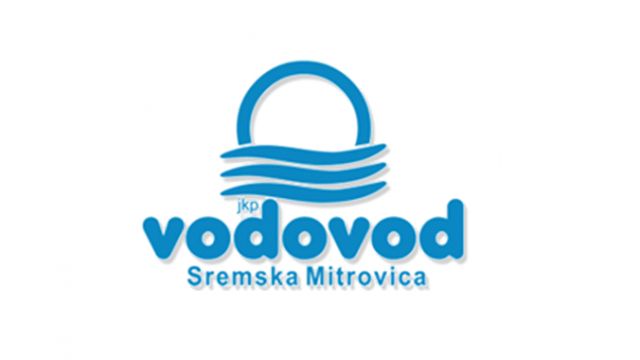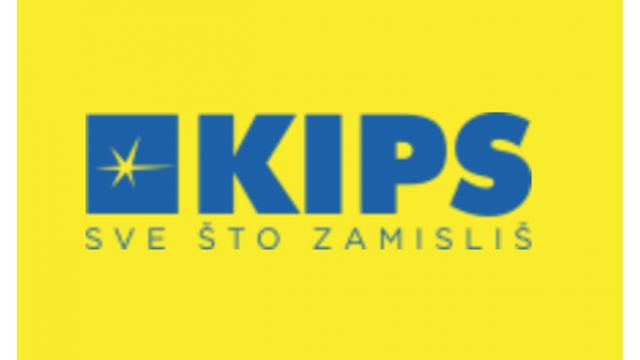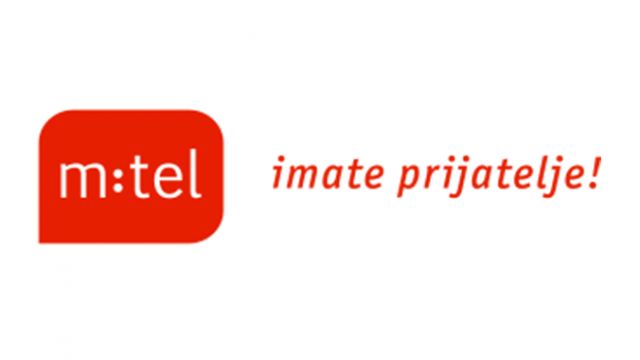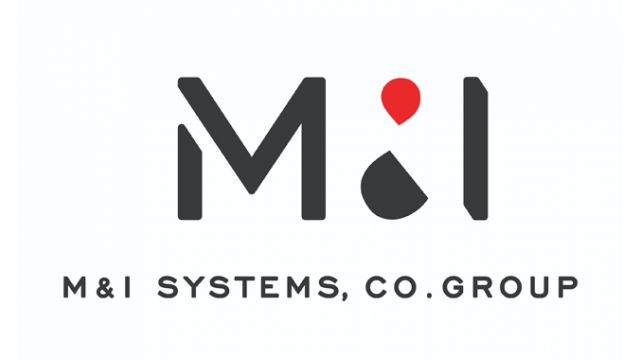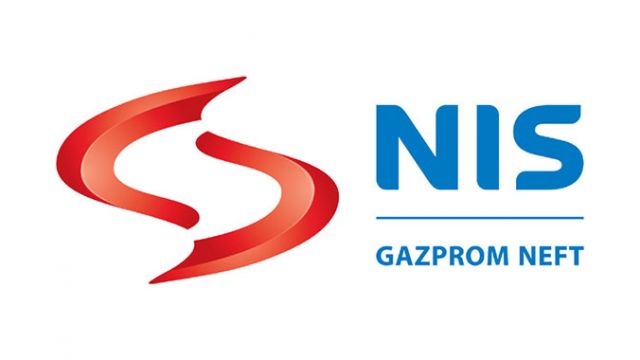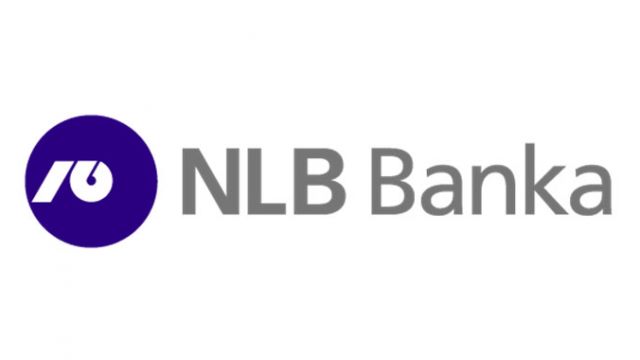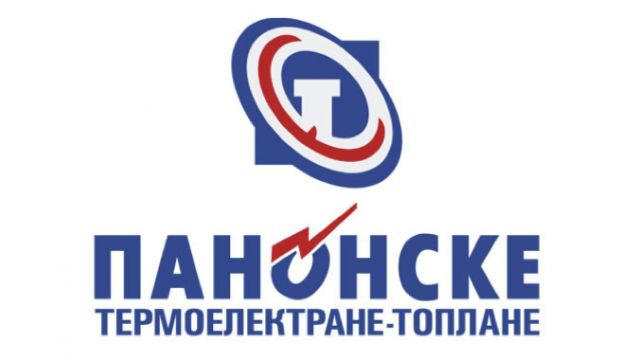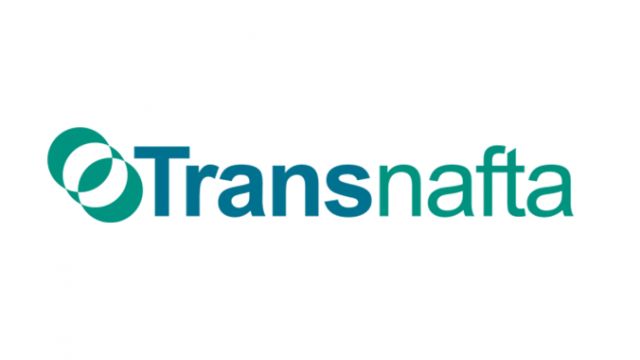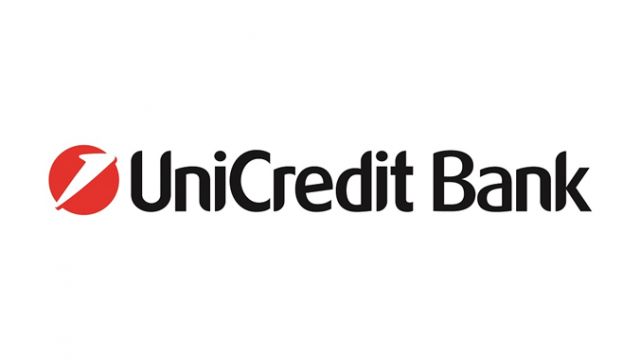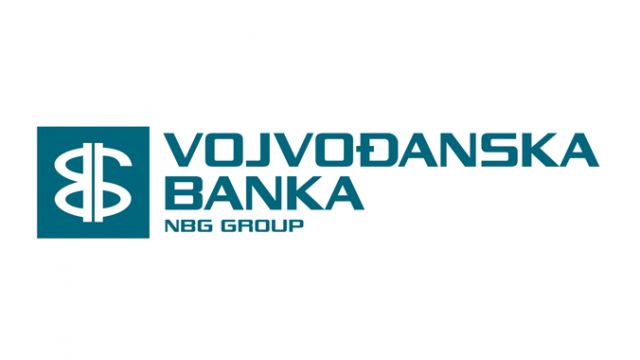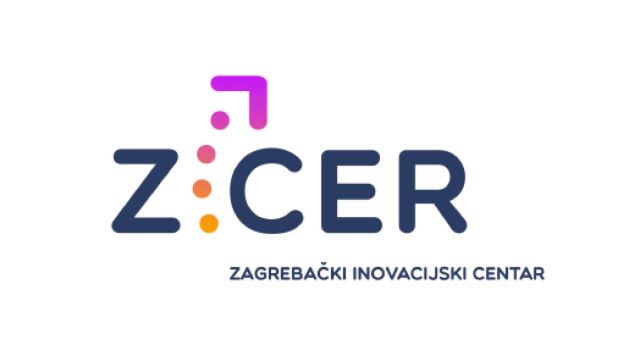FUNCTIONING SYSTEMS. AGILE PROCESSES. SMARTER DECISIONS.
GRC helps companies meet internal and external legal and regulatory requirements, while simultaneously managing business risks. The available process-guided solutions combine Business Process Analysis (BPA) with workflow models that are suitable and sufficient for revision and internal and/or external audits, thus transforming Risk & Compliance Management into a strategic management tool.
Trust
Establish control and acceptable risk levels. Reduce conflicts between the business and control departments.
Increase business agility
Identify noncompliance and basic causes so that you are able to take the necessary action
Quickly adjust to new rules and regulations
Analyze the legislation and regulations down to demands that are reasonably manageable.
Identify and reduce risk
Identify, document and assess the risks; assess the financial impact and probability; define measures that lead to risk reduction.
Reduce risk of penalties
Reduce the exposure of top management to penalties that result from a failure to fulfill certain conditions or deadlines.
Manage questionnaires with predefined results
Conduct periodic or one-time questionnaires / scenarios, including risk identification, supplier revision, business impact analysis, and many more.
Analyze and communicate exposure to risk
Simulate risk with defined business process chains; analyze the dependence between business processes, risks, and control; use statistical methods to define risk probability and the distribution of damages.
Reduce complexity
Integrate all regulatory demands into a single approach and an Internal Control System (ICS). Create questions for identified problems and weaknesses in the ICS in order to initiate improvements.
Improve monitoring and reporting
Monitor the GRC process with a desktop or a mobile dashboard. Reduce redundancy and ensure consistency in terms of data and reports.
Improve efficiency
Standardize the GRC process using an integrated platform that covers several risks and compliance areas. The central hub also provides a “single point of truth” for all compliance activities.
Establish control and acceptable risk levels. Reduce conflicts between the business and control departments.
Increase business agility
Identify noncompliance and basic causes so that you are able to take the necessary action
Quickly adjust to new rules and regulations
Analyze the legislation and regulations down to demands that are reasonably manageable.
Identify and reduce risk
Identify, document and assess the risks; assess the financial impact and probability; define measures that lead to risk reduction.
Reduce risk of penalties
Reduce the exposure of top management to penalties that result from a failure to fulfill certain conditions or deadlines.
Manage questionnaires with predefined results
Conduct periodic or one-time questionnaires / scenarios, including risk identification, supplier revision, business impact analysis, and many more.
Analyze and communicate exposure to risk
Simulate risk with defined business process chains; analyze the dependence between business processes, risks, and control; use statistical methods to define risk probability and the distribution of damages.
Reduce complexity
Integrate all regulatory demands into a single approach and an Internal Control System (ICS). Create questions for identified problems and weaknesses in the ICS in order to initiate improvements.
Improve monitoring and reporting
Monitor the GRC process with a desktop or a mobile dashboard. Reduce redundancy and ensure consistency in terms of data and reports.
Improve efficiency
Standardize the GRC process using an integrated platform that covers several risks and compliance areas. The central hub also provides a “single point of truth” for all compliance activities.
Audit Management
Audit management helps internal auditors with managing documentation, scheduling auditing tasks, managing time, and reporting. In order to ensure consistent information, the content related to GRC (e.g. policies, evidence of conducted tests and controls, incident reports, previous audit findings etc.) is completely managed within the available technological GRC solution.
Policy Management
Policy management offers a completely integrated workflow for Policy management and GRC management. Connecting established policies with rules, risks, and processes enables the establishment of a “corporate culture of compliance” which reduces risks. Kept in the central repository, existing policies can be mapped into a business context with clearly defined responsibilities, processes they relate to, or other related “objects” (organizational parts, documents, etc.).
Effective Compliance & Risk Management
Compliance management helps professionals trained in this area by providing them with documentation, defined workflow models, reports and visualization of control aims, controls and accompanying risks, surveys and (self)evaluation, testing, and defect repairs, thus establishing a system for regularly assessing efficiency and reporting the status and findings to responsible bodies.
Risk Management
Risk management is an already established practice in the financial and energy sectors, and it is quickly spreading to other business sectors and industries. Risk management deals with the recognition of risks that jeopardize the realization of company goals – by achieving set financial or “performance” goals, but also by avoiding “incidents” that may lead to direct losses or legal irregularities.
Quickly adjusting to new rules
Quickly adjusting to new rules entails keeping up with changes in existing regulations, but also being able to adapt to new regulatory requirements. In order to make sure that a company operates in compliance with regulatory requirements, it is necessary to recognize the impact of these requirements and connect them with appropriate business processes and procedures, and also to the company’s “behavior”.
Reallocation or reuse of business processes
The reallocation or reuse of business processes, compliance requirements and accompanying reports by using a single technological platform will ensure quick adjustment to new rules.
Audit management helps internal auditors with managing documentation, scheduling auditing tasks, managing time, and reporting. In order to ensure consistent information, the content related to GRC (e.g. policies, evidence of conducted tests and controls, incident reports, previous audit findings etc.) is completely managed within the available technological GRC solution.
Policy Management
Policy management offers a completely integrated workflow for Policy management and GRC management. Connecting established policies with rules, risks, and processes enables the establishment of a “corporate culture of compliance” which reduces risks. Kept in the central repository, existing policies can be mapped into a business context with clearly defined responsibilities, processes they relate to, or other related “objects” (organizational parts, documents, etc.).
Effective Compliance & Risk Management
Compliance management helps professionals trained in this area by providing them with documentation, defined workflow models, reports and visualization of control aims, controls and accompanying risks, surveys and (self)evaluation, testing, and defect repairs, thus establishing a system for regularly assessing efficiency and reporting the status and findings to responsible bodies.
Risk Management
Risk management is an already established practice in the financial and energy sectors, and it is quickly spreading to other business sectors and industries. Risk management deals with the recognition of risks that jeopardize the realization of company goals – by achieving set financial or “performance” goals, but also by avoiding “incidents” that may lead to direct losses or legal irregularities.
Quickly adjusting to new rules
Quickly adjusting to new rules entails keeping up with changes in existing regulations, but also being able to adapt to new regulatory requirements. In order to make sure that a company operates in compliance with regulatory requirements, it is necessary to recognize the impact of these requirements and connect them with appropriate business processes and procedures, and also to the company’s “behavior”.
Reallocation or reuse of business processes
The reallocation or reuse of business processes, compliance requirements and accompanying reports by using a single technological platform will ensure quick adjustment to new rules.





 ERP
ERP


